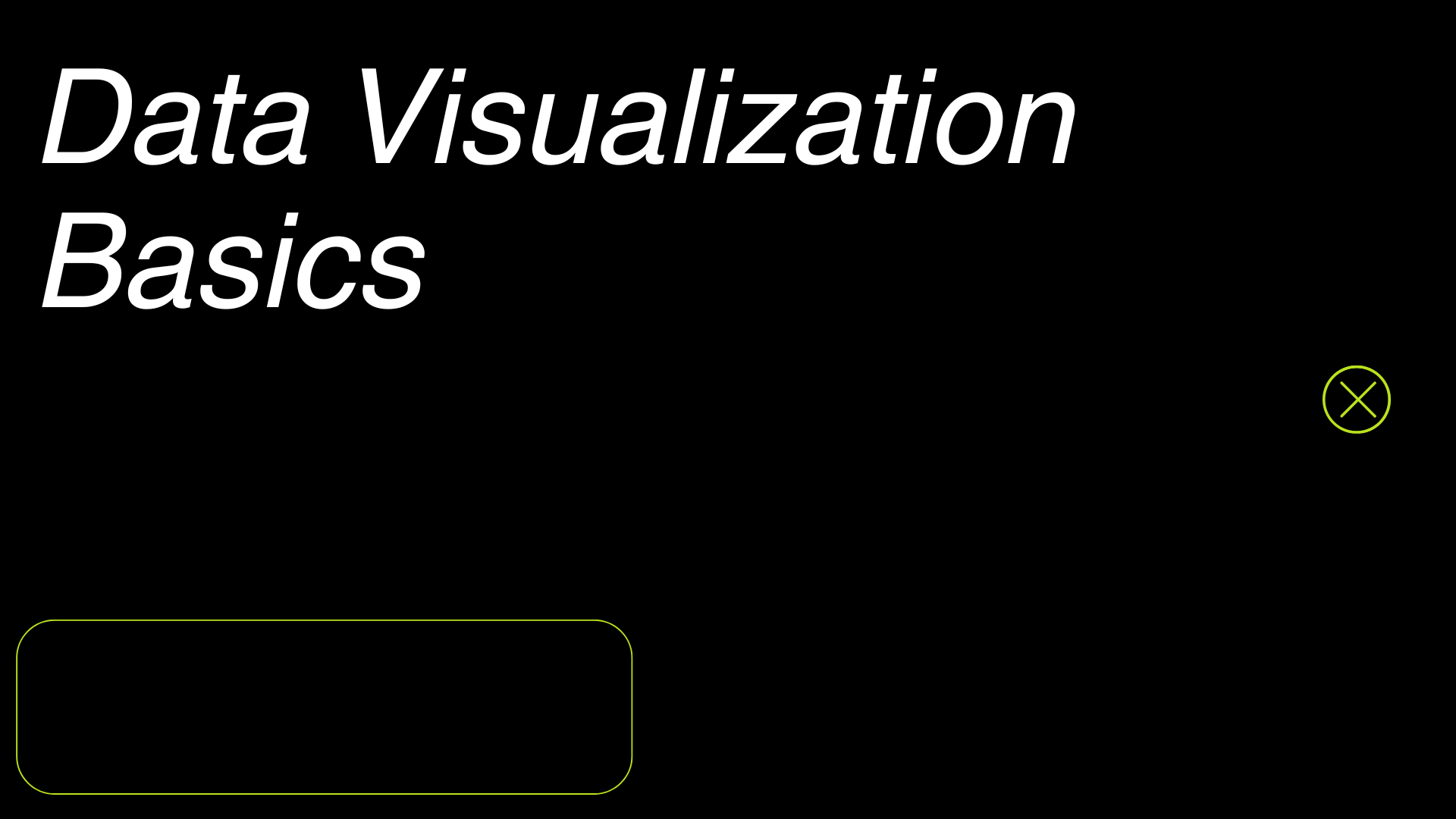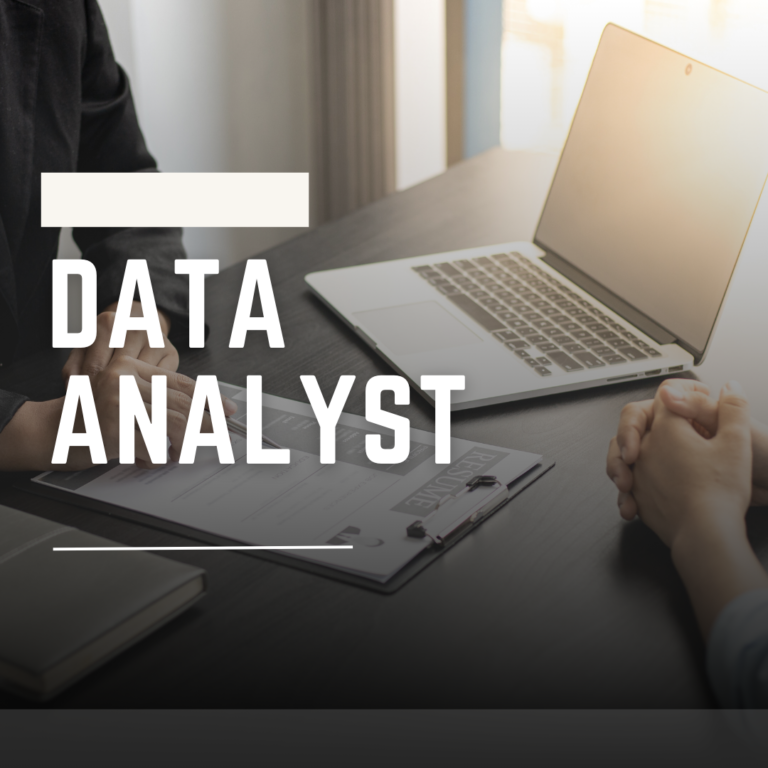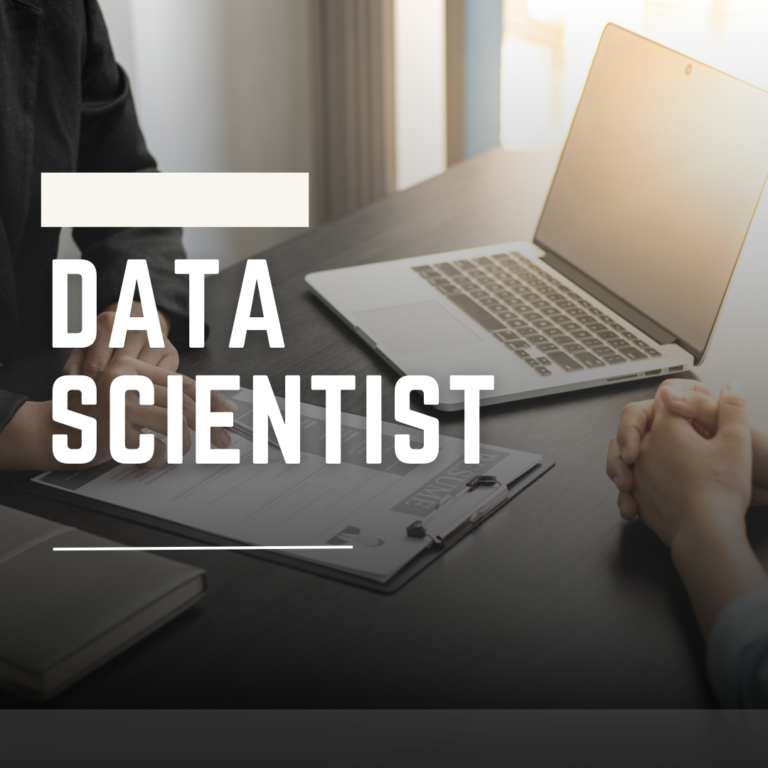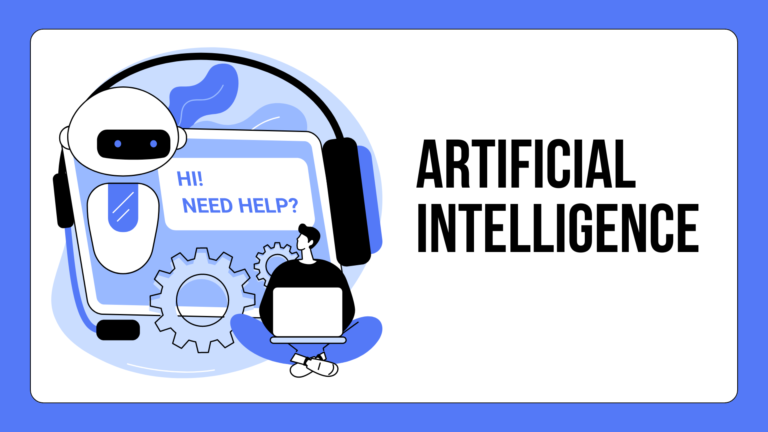Top Business Intelligence Tools for Data Visualization

Business intelligence (BI) tools for data visualisation come in a wide range of formats, from complex and potent platforms to lightweight and easy-to-use dashboard builders. The best option will rely on a number of factors, including your tech stack, who requires access to the data, where you want your organization to go, and how it is already operating.
Choosing the best business intelligence platform is a complex, time-consuming process that needs support from numerous stakeholders. However, the first step is to survey the terrain and comprehend the offerings of the major BI competitors.
We’ve compiled ten business intelligence tools and investigated the kinds of firms they work best with to assist you choose the best option.
1. BI Power
The primary feature that sets Microsoft Power BI apart from other business intelligence tools is its integration with a variety of Microsoft products, including Excel, Azure, Access, and more. Although these linkages are beneficial to many, other people have found Power BI to be challenging to master, and it has certain peculiarities.
Power BI: Who Is It For?
For larger organizations with a lot of spreadsheet aficionados who are already firmly committed in Microsoft’s ecosystem, Power BI is fantastic.
Teams with limited resources may choose to consider alternative business intelligence tools, as this one is not the most straightforward to set up and manage.
Advantages
Gaining a thorough understanding of Excel will make understanding Power BI easier.
Power BI users frequently compliment both the modeling and data flow features of the program. According to Reddit user Grovbolle, Power BI “is very strong on the data modeling and infrastructure, a bit less on visualization” in their comparison of Power BI vs Tableau
Limitations
There is a steep learning curve for Power BI, and setting it up takes specialist knowledge. As stated by Shreshthi Mehta in her TrustRadius review, “To interface Power BI with existing systems, you need to work with an IT person.”
2. Chartio
A business intelligence application called Chartio aims to make data easily available to everyone. Its low cost and ease of use—even for those without any prior coding experience—set it apart from the competition.
For whom is Chartio intended?
Any organization that wants an accessible, user-friendly, and reasonably priced business information tool should consider Chartio.
Largest and most intricate businesses, such as New York Shipping Exchange (NYSHEX), claim that it is “extremely simple to implement” and that “users receive instant benefits.” However, the most resourceful businesses, such as a student-run content curation company. It can afford it and utilize it to enhance their offering.
Special Attributes
Anyone can query data using Visual SQL, a proprietary language, even if they are not familiar with SQL coding.
Building queries with an easy-to-use drag-and-drop interface is made possible by the visual manner of querying. Dashboards that are dynamic and can refresh automatically in response to your queries.
Commenting directly on the dashboard for presentations and teamwork.
HIPPA compliance and the highest level of protection for the most sensitive data.
Advantages
Thanks to Visual SQL, an understanding of SQL is not required in order to work with data. Without the need to consult the development, data, or IT departments, the end user with no coding experience can obtain the solutions they require.
There’s a reputation for **easy, quick deployment** with Chartio.
Chartio allows data and development teams to focus on other tasks because it is so simple for end users to set up and use.
Limitations
Chartio places the end user’s experience above all else. It follows that in order to appease the most ardent data analysts, it needs to add a few features.
“While [Chartio] may not have all the functionality that your data analysts are looking for, it’s well suited for business users,” says Jason Harris of Panoply. “[Chartio] has relatively fewer features than the other primary tools out there, like Tableau,” a financial services executive claims on G2. I believe that’s what makes it somewhat user-friendly, so it’s more of a trade-off than a drawback.
3. Looker
Looker is an effective tool for data modeling that makes use of its own proprietary language, LookerML, which has restricted data input and display capabilities. It was purchased by Google Cloud Platform in 2019 and moved into the Google walled garden. This indicates that it might soon be integrated with Google Data Studio, as detailed in-depth here.
For whom is Looker intended?
Looker is designed for data teams that prioritize having strong modeling skills.
These teams must also have the perseverance to learn LookerML, a proprietary language. Nevertheless, once operational, Looker’s extensive analytics code library, known as Looker Blocks, can expedite tedious processes.
Special Attributes
Looker Blocks® are pre-written analytics code that may be used as a foundation for custom data modeling.
Looker’s own data modeling language is called LookML.
Advantages
“The modeling layer allows you to basically turn SQL into object-oriented code,” writes Reddit user rlaxx1.
Presets like Looker Blocks® that, assuming your team is well-versed in SQL, can help them get started more quickly.
Limitations Looker’s capacity to handle and visualize data is diminished in proportion to its improvements in modeling capabilities.
Additionally, some people believe that preparing data for Looker takes a lot of time, despite its advantages in modeling.








